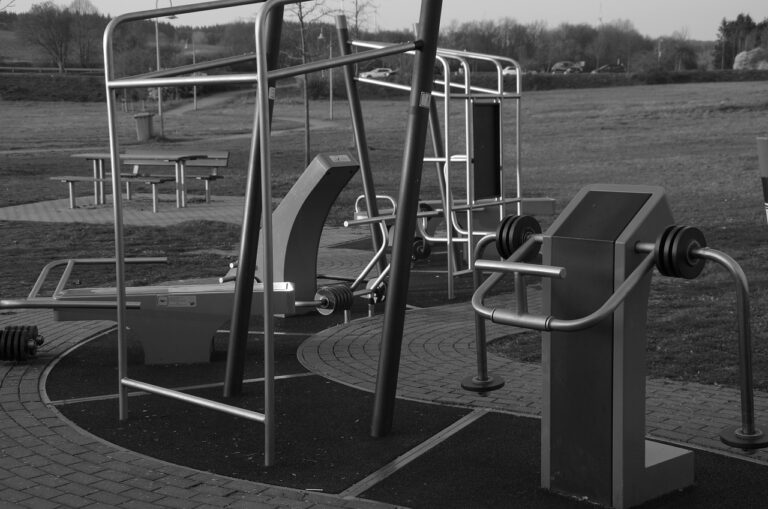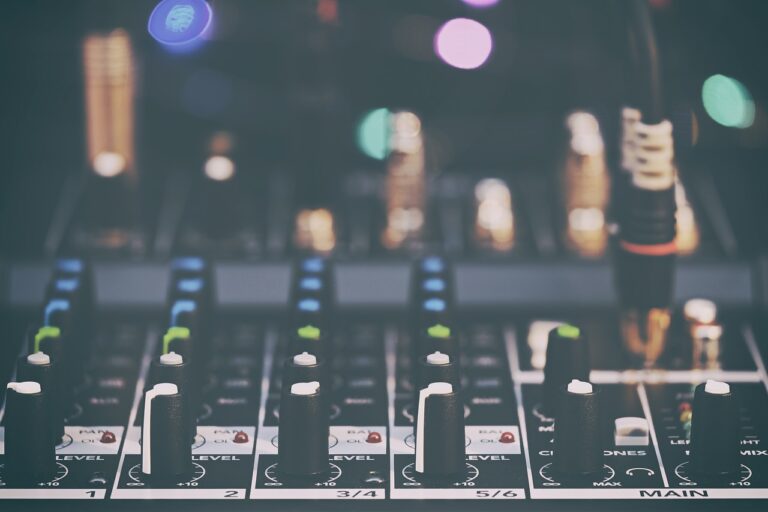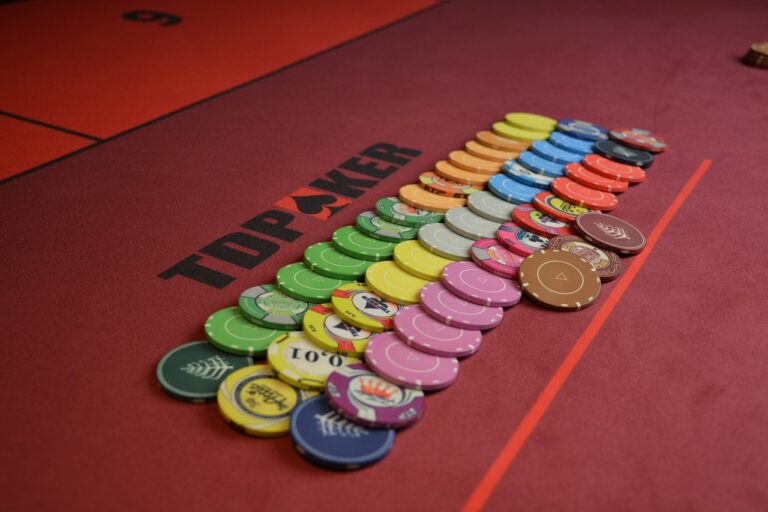Exploring Sound Editing in Art Installations: 11xplay registration, Laser 247com, Tiger exchange 247 vip login
11xplay registration, laser 247com, tiger exchange 247 vip login: Art installations have the power to captivate audiences and evoke emotions through a combination of visual elements, interactive components, and sound. Sound editing plays a crucial role in enhancing the overall experience of an art installation, adding another layer of depth and immersion for visitors. In this blog post, we will explore the fascinating world of sound editing in art installations and how it can be utilized to create truly unique and memorable experiences.
The Role of Sound Editing in Art Installations
Sound editing in art installations involves the manipulation and arrangement of audio elements to create a specific atmosphere or mood that complements the visual and interactive aspects of the installation. It can involve incorporating ambient sounds, music, voice recordings, and other audio effects to enhance the overall narrative and impact of the installation.
Using sound editing techniques, artists and designers can control the pace, rhythm, and intensity of the audio elements to guide visitors through different stages of the installation. By carefully crafting the soundscape, they can evoke a range of emotions, trigger memories, or create a sense of suspense and intrigue that adds to the overall engagement of the audience.
Exploring Sound Design in Different Types of Art Installations
Sound editing can be applied in various types of art installations, from immersive multimedia experiences to interactive exhibits and site-specific installations. In a multimedia installation, sound can serve as a central component that ties together different visual and interactive elements, creating a cohesive and immersive environment for visitors to explore.
Interactive exhibits can benefit from sound editing by using audio cues to direct visitor’s attention, provide feedback on their interactions, or enhance the storytelling aspect of the installation. Meanwhile, site-specific installations can leverage sound editing to respond to the unique characteristics of a particular location, such as its architecture, history, or natural surroundings.
Incorporating Sound Editing Techniques in Art Installations
There are several sound editing techniques that artists and designers can use to enhance the impact of their art installations. These include layering multiple audio tracks to create complex soundscapes, manipulating sound effects to create illusions of space and movement, and applying filters and equalization to enhance the clarity and richness of the audio.
By experimenting with different sound editing tools and techniques, artists can push the boundaries of traditional audio storytelling and create innovative and immersive experiences for their audiences. Whether it’s through the use of binaural recording techniques, spatial audio technologies, or interactive sound installations, sound editing can elevate the overall impact and engagement of an art installation.
FAQs
Q: How can I learn more about sound editing for art installations?
A: There are several resources available online, including tutorials, workshops, and courses that cover sound editing techniques for art installations. Additionally, attending art exhibitions, listening to artist talks, and networking with professionals in the field can provide valuable insights and inspiration for incorporating sound design in your own projects.
Q: What software is commonly used for sound editing in art installations?
A: Popular software programs for sound editing in art installations include Adobe Audition, Pro Tools, Ableton Live, and Max/MSP. These tools offer a wide range of features and capabilities for manipulating audio files, creating custom soundscapes, and integrating sound elements with other visual and interactive components of an art installation.
Q: How can I ensure that the sound design of my art installation is effective?
A: To create an impactful sound design for your art installation, it’s important to consider the overall concept and theme of the project, as well as the unique characteristics of the space and audience. Conducting thorough research, testing different sound elements, and soliciting feedback from peers and visitors can help you refine and enhance the sound design to achieve the desired emotional impact and engagement.
In conclusion, sound editing plays a vital role in shaping the overall experience of an art installation, adding depth and immersion for visitors. By exploring different sound editing techniques and incorporating them creatively into your projects, you can create truly unique and memorable experiences that resonate with your audience. So let your imagination run wild and start exploring the fascinating world of sound editing in art installations today!







